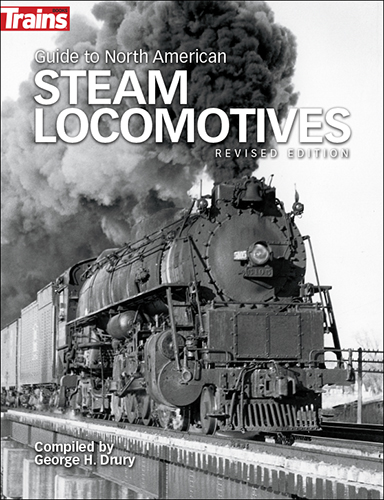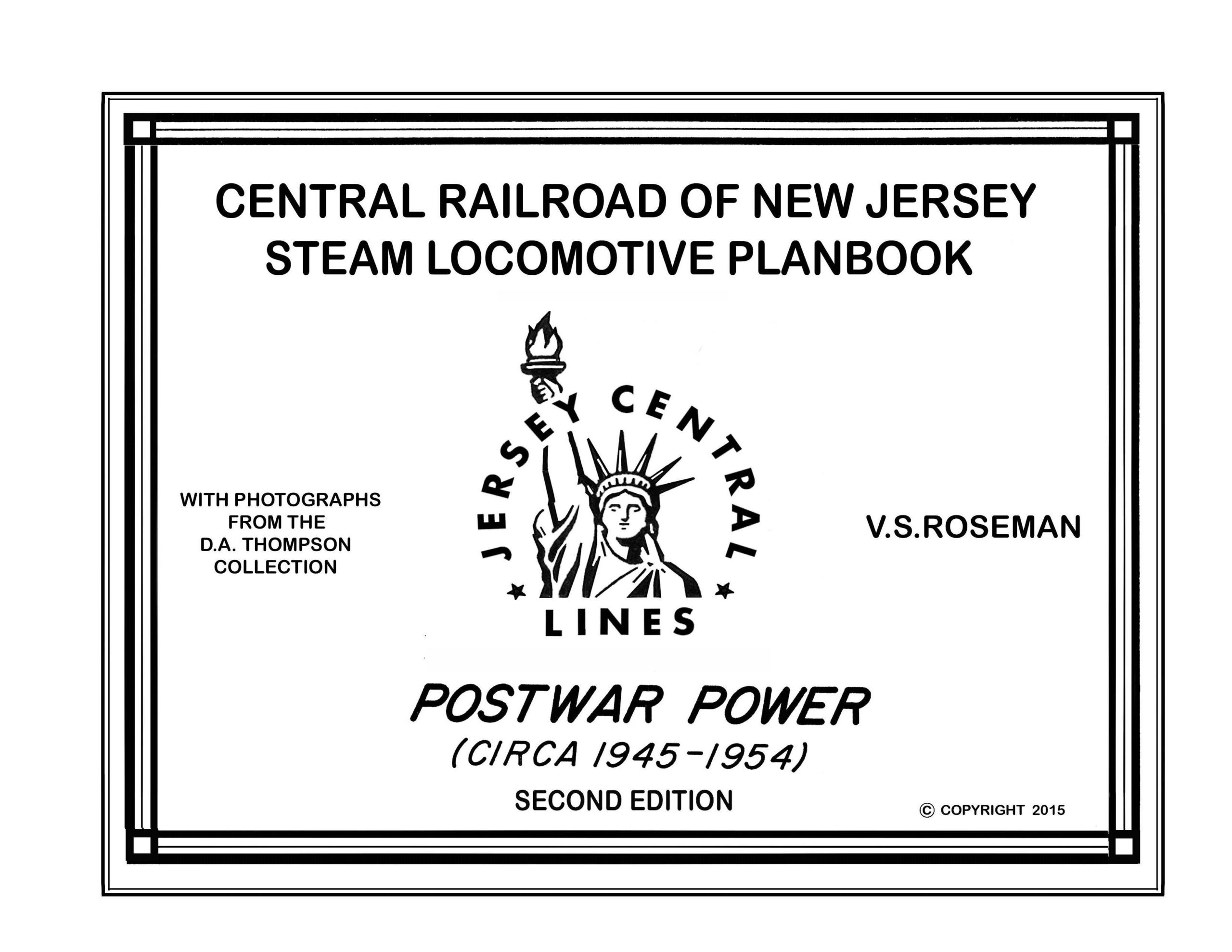by Ed Wolfe, Charles Wilson, Jr., and Paul Mandelkern
HEW Enterprises, 116 Oakview Ave., Pittsburgh, PA 1521; 432 pages, 384 b/w and 48 color photos; hardcover, 8.5 x 11 in.; $65.00
Ed Wolfe has established himself as an outstanding researcher and writer in Appalachian railroad history with five different books on colorful southwest Virginia coal-hauler Interstate Railroad. Now—in collaboration with co-authors Wilson and Mandelkern—he has produced an equally outstanding effort on an oft-overlooked component of Norfolk & Western’s famed Pocahontas Division: the Clinch Valley District.
The “CV” began as a branch off the eventual N&W main line at Bluefield, Va. (then named “Graham”) in 1887. It was eventually pushed through to a junction with the Louisville & Nashville at Prince’s Flats, Va. in 1891—an event celebrated by renaming the small yard Norton, in honor of just-retired L&N president Eckstein Norton.
Similar to Wolfe’s earlier books, the CV’s development is covered in great detail, with strong photographic support from several historic sources, copious maps, profiles and timetable excerpts. Besides the planning and construction of the line itself, the book offers considerable details on the development of towns and communities along the way, the industries that sprang up because of the railroad, and of course the coal mining and coking operations. Also detailed is the through freight service between the Midwest and Tidewater via the Clinch Valley District and the L&N’s Cumberland Valley Division from Corbin, Ky. to Norton—a service that flourished for a time and was touted as the “Cumberland Valley Despatch (sic)” in its early years.
While through freight trains were a staple, passenger service on the CV remained a local operation only. By 1931, service had diminished to a daily turn from Bluefield, W. Va., to Norton and back, connecting with the main line Cavalier at the former and with L&N’s local service from Kentucky at Norton. By the 1950s, No. 5 and 6 gained considerable attention from many well-known rail photographers of that era. Pacific No. 578 (and sometimes No. 563) handled the four-car train until the summer of 1958, when a GP9 took over for the final year of operation. Wolfe managed to secure photos of this train from virtually all those photographers, so this classic operation is profusely illustrated.
Of course, freight operations are also detailed, with a great selection of steam and diesel action from the 1940s and into the Norfolk Southern era. Of special note is a 48-page color section. Few of the many images in this book have ever been published.
Wolfe and co-authors Wilson and Mandelkern have added greatly to the recorded history of how railroading shaped the development of the central Appalachia. Any N&W fan would find this to be an essential volume, but it also is a fascinating read for anyone interested in this region of Virginia.












When I received this book as a gift, my first thought was, “A tome on a branch line I never heard of?” Well, it turned out that this is one of the finest books on railroads I own and I own hundreds. The depth of research, the amount of detail, and the fascinating history are doctorate-level work.
Get this book, for if you think you know railroading as I did, you are in for an amazing surprise at how much you learn.